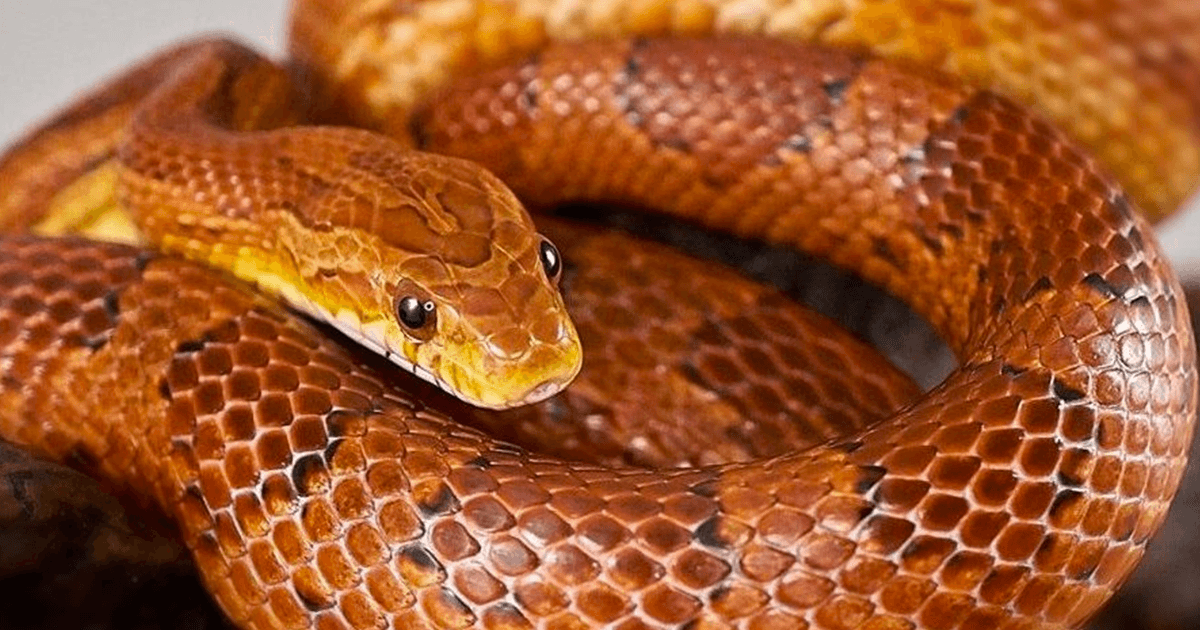Speech is a domain exclusive to humans. However, that doesn’t mean animals can’t communicate. The key to understanding their behaviour is the channel to establish a line of communication with them. While it’s usually pretty obvious to tell when your furry friend is happy and/or excited; it gets difficult to read other situations.
All we need to do is look for certain sure-shot signs embedded in certain visual cues, sounds, gestures, touch and chemical means.

ScoopWhoop talked to the CEO of PETA India, Dr. Manilal Valliyate and Ms. Alokparna Sengupta, Deputy Director at Humane Society International (HSI) India, about decoding animal behaviour.

1. If the pet is chewing on everything, then this could be a sign of teething, nutritional deficiency or development of abnormal behaviour.
What to look for: According to Ms. Sengupta, first, check whether the pet is teething. Secondly, this behaviour might also follow if the pet is confined in a small space. It could also mean that the pet is not getting enough physical activity and is venting out frustration by chewing on everything.
According to Dr. Valliyate, pet chewing on inanimate objects could also be a sign of inadequate food nutrition.
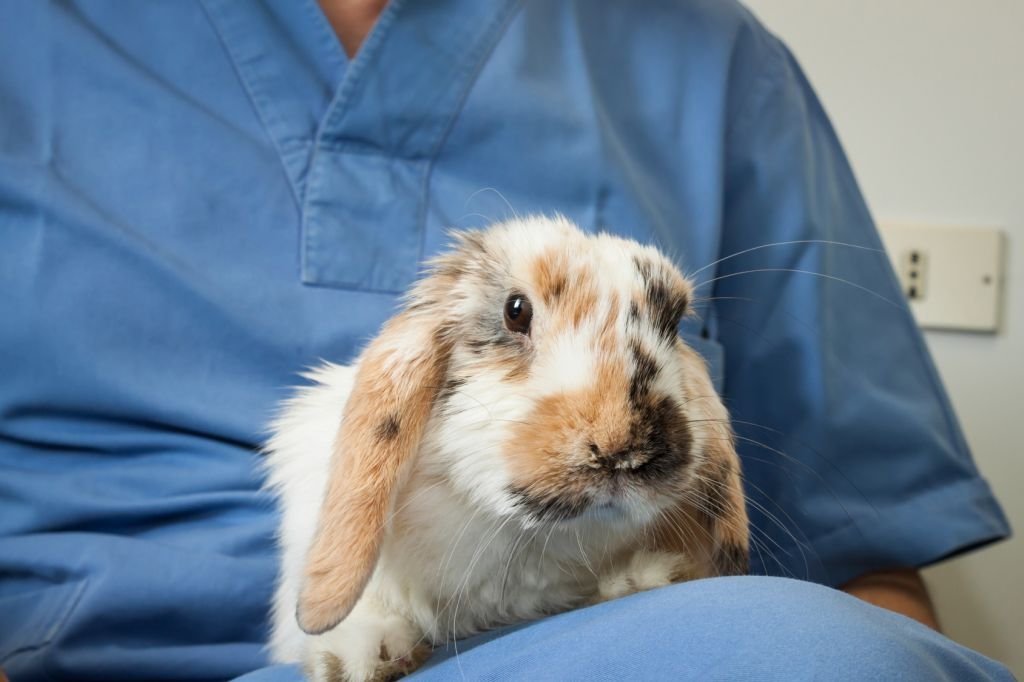
What to do: If the chewing is because of teething, then Ms. Sengupta suggests that it’s best to offer hard shells of coconut or a peanut butter ball toys as a natural toy. Make sure your pet has adequate outlets to vent out built-up physical energy, and that it is not confined to limited spaces. If the pet has developed abnormal chewing habits out of the blue, then schedule a visit to the vet.

2. If it’s not its usual active-self/ feeling low, then it could be a sign of fever or limb injury.
What to look for: According to Dr. Valliyate, pet’s head will be angled slightly lower than the level of back, eyes will look droopy and dull, droopy ears, tail activity may reduce and the animal would likely stay in one place or sleep more often.
What to do: According to Ms. Sengupta, the pet must be observed for 24 hours. If it’s not back to its normal self within that time span, then take it to a vet.
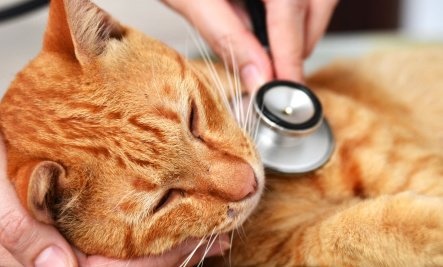
3. If the pet is hyperactive then it might be because it is trying to bring your attention to something or it might signal abnormal behaviour.
Hyperactivity is not always a sign of abnormal behaviour. Every pet comes with different energy level and requires adequate activity to deal with it.
What to look for: Dr. Valliyate says, some common signs of abnormal hyperactivity are eyes wide open, body tensed, frequent wagging of tail, trying to jump around and pounce on strangers, etc.
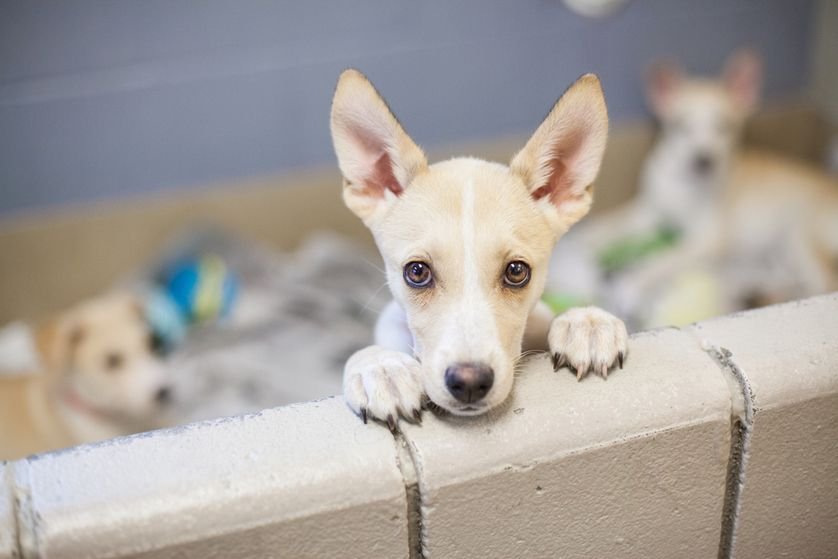
What to do: In these cases, identification of the cause of the pet’s agitation is vital to implement adequate changes in the pet’s environment or schedule. Ms. Sengupta suggests checking the pet for proper breathing, allergies, hives, as hyperactivity might be because your pet is trying to bring your attention to something.

4. If the animal is distressed, then it could be due to some unpleasant predicament, from which the pet sees no escape, which is consequently inciting fear.
What to look for: According to Dr. Valliyate, “the common signs include body being stiff and alert, instant change in behaviour, growling, etc. The animal may adopt a fight behaviour (attack in defence) or flight behaviour (run away) to deal with an unpleasant situation”.
What to do: Look for the cause of the distress to remedy the situation. If the distress is due to some injury, then take the animal to a vet.
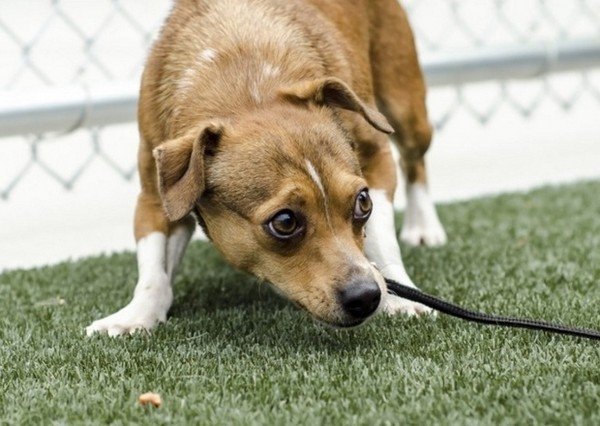
5. Lack of appetite could be a sign of fear, pain, distress, disease or other discomforts like – dental pain, something stuck in the oesophagus or a painful paw.
What to look for: Dr. Valliyate suggests, “the first thing to keep in mind is how you’re judging your dog’s appetite. If you’re concerned because your dog isn’t eating as much as the guidelines stated on the food you purchase, remember that these are only averages. Many perfectly healthy dogs eat only 60% to 70% of the amount stated on the packaging.”
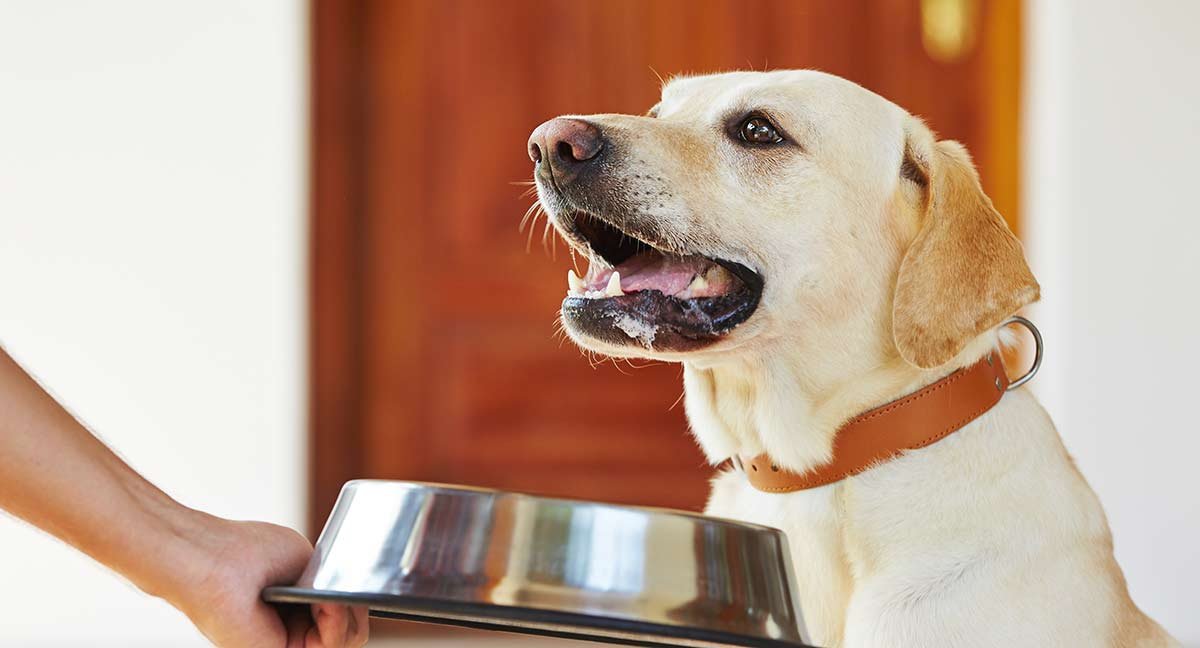
What to do: According to Ms. Sengupta, animals may fast because of gastrointestinal issues. However, if the fast extends beyond 24 hours and there is no appetite, animals should be shown to the vet.
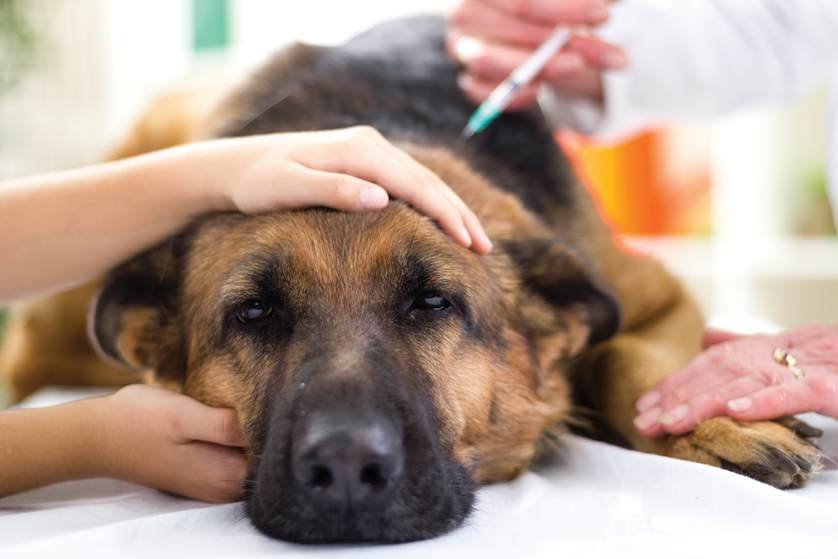
6. If your pet is whining a lot, then it might be either behavioral or medical, because of trauma or physical pain, respectively.
What to look for: Dr. Valliyate outlines some prominent signs like eyes low, droopy ears, head angled lower, than the level of back etc.
What to do: Ms. Sengupta suggests, if behavioral, it can be because the animals has suffered a sudden trauma or fear. However, if this has not taken place and the animals is still whining, it may be because the animal is in pain. Check for injury or pain.

7. If the pet is unable to sleep then this might be because the pet is restless, signalling abdominal pain or injury.
What to do: If the pet does not return to its normal sleep-cycle within the time span of 2-3 days, given the recovery from any possible injury or gastrointestinal issue, then consult an expert immediately. It might signal some mental distress, as adequate sleep is vital for human and animal brain functioning alike.
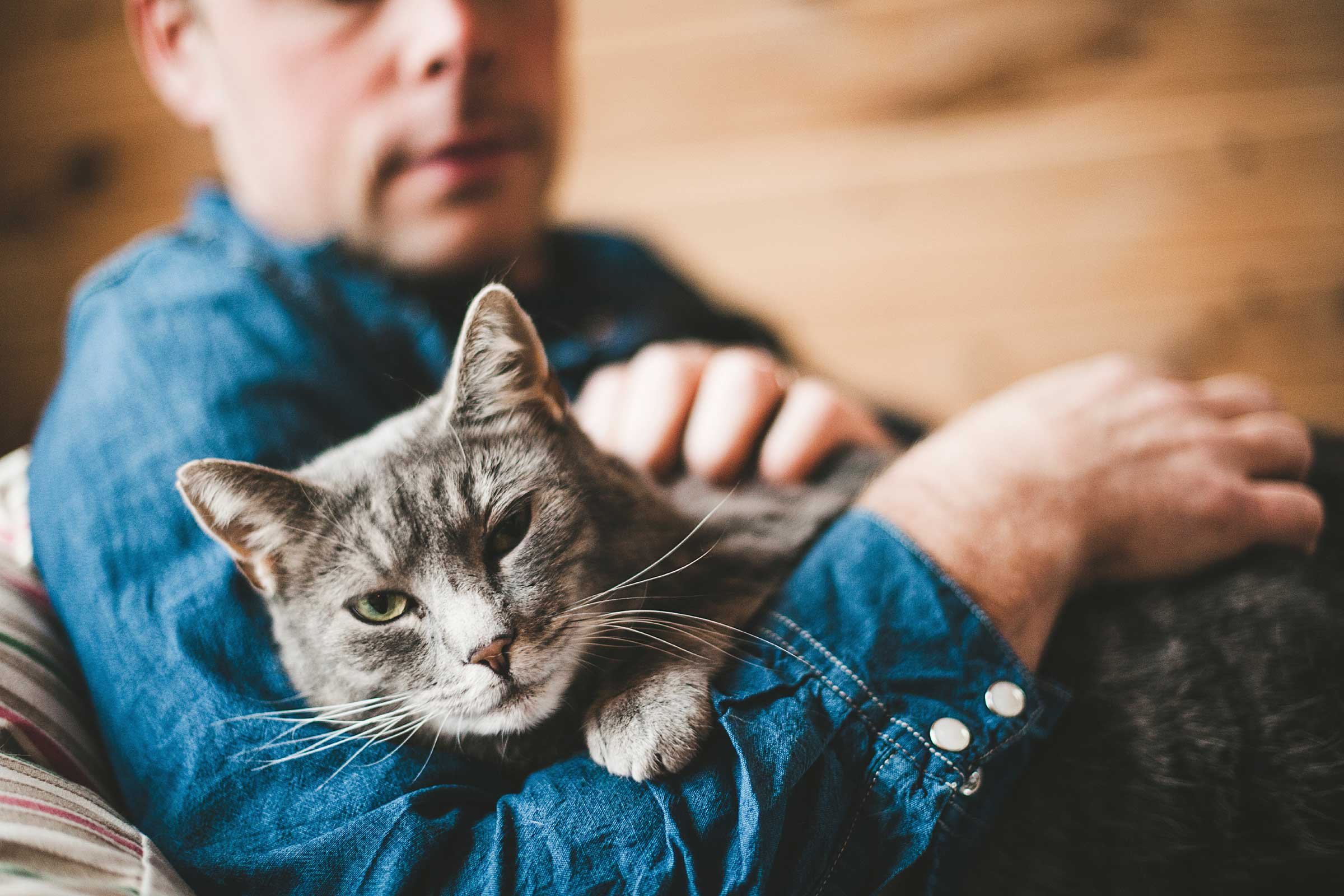
8. If the pet is shaking or anxious then it might be a sign of some mental distress, fear, or discomfort due to loud noises
What to look for: Dr. Valliyate suggests that shaking or anxiety might signal underlying medical problems related to the nervous system.
What to do: Ms. Sengupta says, the pet must be comforted with access to food and water with little access to loud noises while consulting a behaviorist or veterinarian. Loud noises is a serious concern for pets, especially during festive season.

9. Last but not the least, if you’re finding it difficult to tell whether your pet is sick or not.
What to look for: Dr. Valliyate says, “an unwell animal usually stops taking food and water, is often dull and depressed and tries to communicate his/her discomfort or pain by vocal cues and physical and/ or behavioural gestures.”
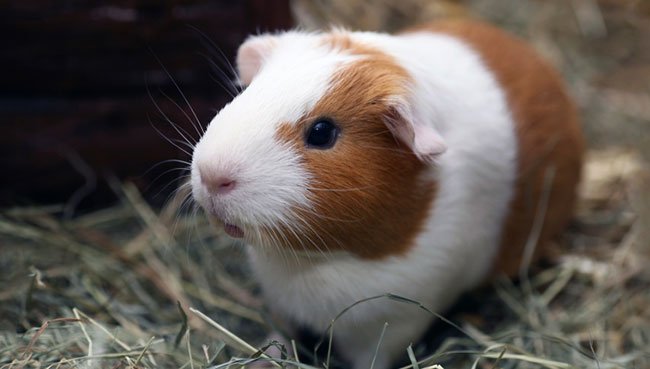
What to do: Dr. Valliyate points out that apart from veterinary treatment, it’s crucial to provide ‘compassionate management and care including easily digestible food, hand feeding, and comfortable bedding’ to the pet.
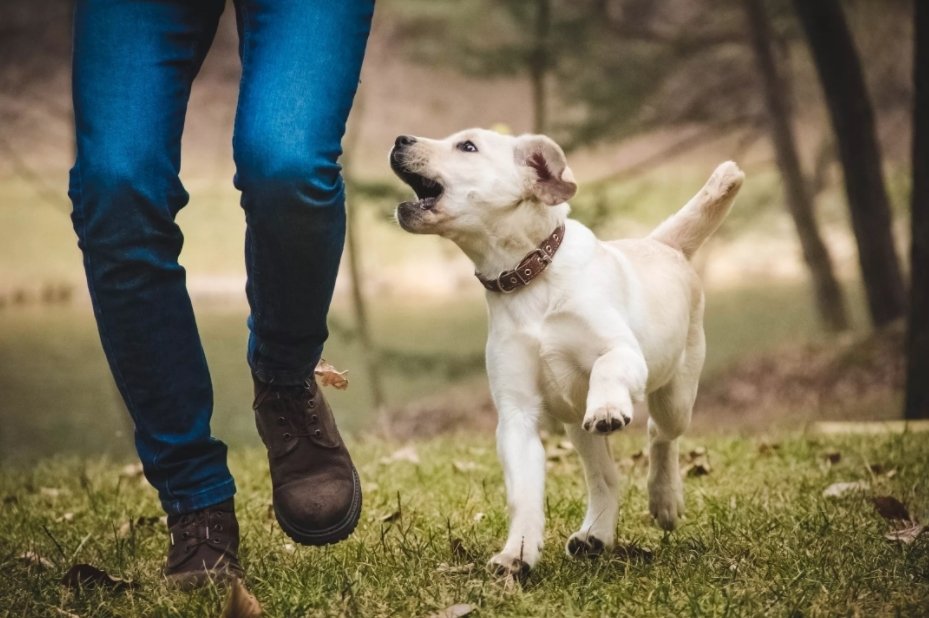
If you’re adopting a pet make sure to get access to its medical history. Monitor the health, energy, food and water intake parameters of your pet, so in case something is wrong, you’ll know the standard from the abnormal behavior. Also, study the general behaviour of the animal so that even the slightest distress and discomfort can be identified easily and addressed immediately.

This channel of communication might take some effort on your part, but it’s all worth it. Anything for the health and happiness of our furry friends, right?
To volunteer or to reach out to help, visit here.





